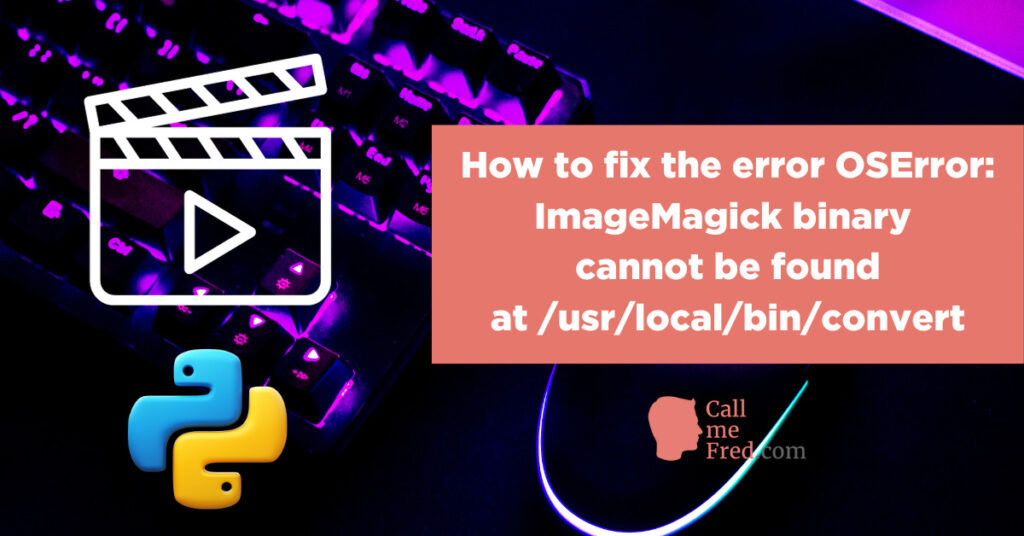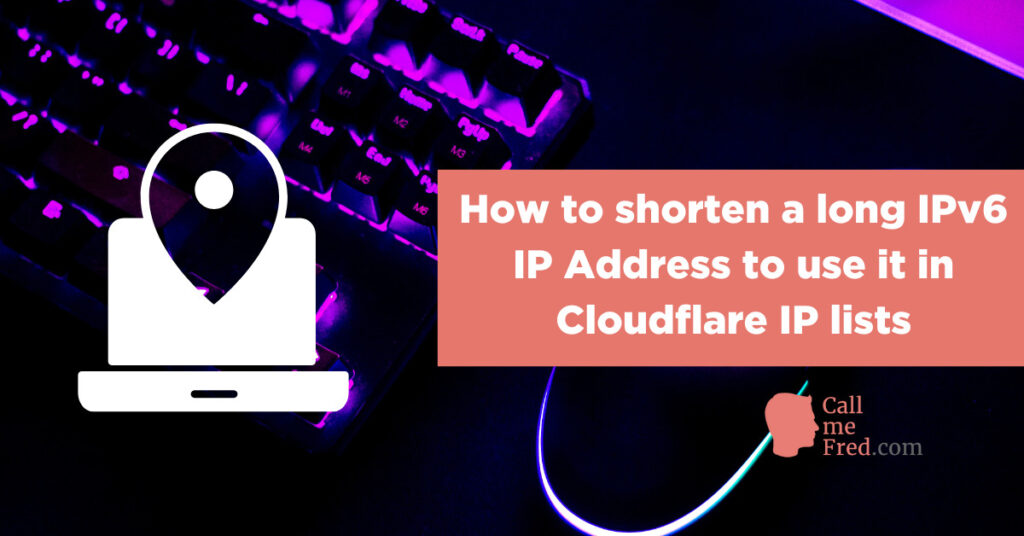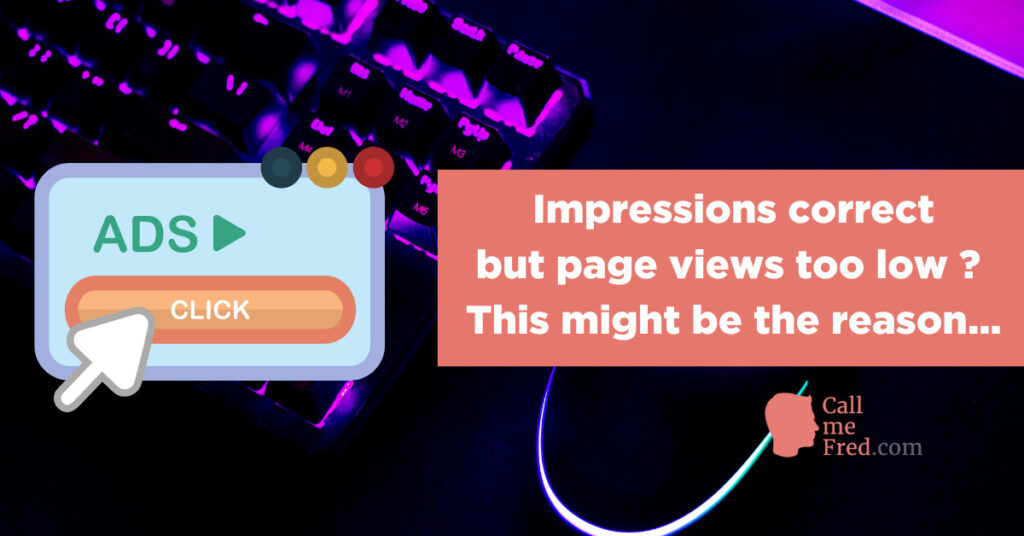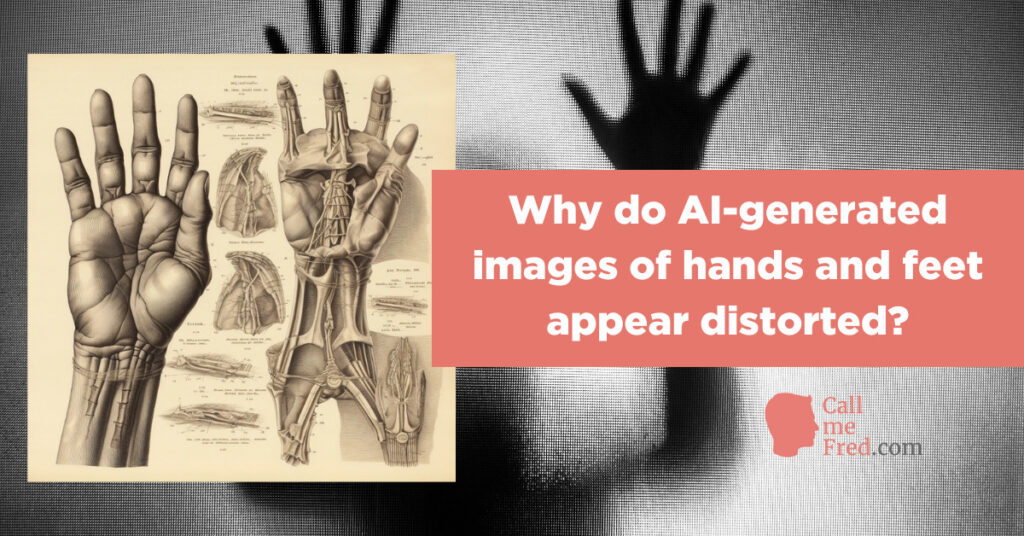Each and every day, if you’re involved in a way or another in digital marketing / e-commerce, you are bombarded on Youtube with dropshipping-related ads featuring young affluent gurus sharing promising screenshots of their Shopify dashboards boasting 6-figure monthly sales (remember this word – sales – we’ll get back to this later), sometimes alternating with similar folks praising the Amazon FBA opportunity.
You might think there’s a massive market behind all of this advertising frenzy. And yes, there is, but not the one you would expect. The main winners in this nonsense, besides the self-proclaimed dropshipping gurus, are Shopify (Oberlo), AliExpress and Facebook(Google), not the average Joe who’s just graduated from a $400 dropshipping masterclass.

Let’s see why this dropshipping model is inherently broken…
You provide zero value added to the customer
In case you’ve missed the point, most dropshipping products sourced by Shopify adventurers (via Oberlo) are coming from AliExpress, a Chinese company.
Mainstream consumers are now familiar with a series of marketplaces directly supplied by Chinese manufacturers.
Let’s name a few:
Most of the cheap products you’ll find on AliExpress are available on these digital malls, almost at the same price as on AliExpress.
With sometimes the advantage that they’re shipped from a closer location (not from China), arriving sooner at their destination. Products sold by amateur dropshippers usually take 15+ (if not 30 to 50+) days to arrive, even when shipped via ePacket (in the USA). Since the advent of Amazon Prime, most consumers are expecting next-day delivery. That’s the new normal.
If you want to turn a tiny profit with dropshipping, you’ll need to multiply the AliExpress price by 2.5 or more to offset your advertising costs, while keeping the offer cheap enough to remain attractive. You’ll never be competitive with the above mentioned marketplaces, selling with a small markup. Bear in mind that today most Chinese manufacturers and traders are also active on Amazon, shipping their goods from local warehouses via Amazon FBA to offer the benefits of Prime delivery.
Bringing zero value added to the game, all dropshippers face the risk of being disintermediated by their own suppliers. It’s just a short-sighted opportunistic arbitrage play.
You’ll spend more than you’ll keep in your pocket
This is probably the craziest part of this broken dropshipping business model.
Since nobody’s actively looking for the cheap gadgets sold by all Shopify dropshippers, sellers need to invest heavily in Facebook (and/or Google Shopping) ads. There’s very little chance to get organic traffic from SEO efforts.
Facebook enables you to track all purchases made through the ads you run on their platform and they provide you with a KPI named ROAS (Return On Ad Spend). Most of the time, dropshipping gurus will reveal they get a 2 to 2.5 ROAS. It means that they will generate USD 100 to 125 in SALES for every USD 50 paid to Facebook. You might say “Well Fred, that’s terrific! Doubling your investment! 100%!”. Yes… but there’s also the price of the product itself and some other charges… (yes, you have to buy what you sell). You can sometimes find the diamond in the rough as they call it, i.e. a dirty cheap product that will sell like hot cakes while costing less than $2 (excl. shipping) on AliExpress. But usually you’ll end up buying products at USD 10+ (incl. shipping) to try to sell them at 25… pretending they’re exceptionally 50% OFF (25 instead of 50).
As the seller, you will also have to process returns & grant refunds. And there will be a lot of them. This alone can kill your margins. Let’s assume that you’ll get 10% of returns / refunds. This will happen a lot with fashion & electronics.
You will also have to deduct payment processing charges (let’s factor in a conservative 3%)
We will also throw some platform costs (your Shopify subscription + a bunch of SaaS apps) into the equation (1% per sale).
And I’ll spare you the VAT (to be deducted from revenues in some countries if you’re VAT-registered).
Let’s do the maths with an optimistic average ROAS of 2.5 (which is an amazing achievement in a hyper competitive FB market), based on two sales at USD 25 each = USD 50 of revenues.
- Revenues: 50
- Refunds: -5 (10%)
- Ad spend: -20
- Product cost (2 items * 10): -20
- Payment processing: -1.5
- Platform cost: -0.5
- “Profit”: 3 (if you’re very lucky).
You could bet on some “back end” / repeat sales but don’t be too optimistic. So for a cash exposure of 20 (your ad spend, which you have to bet in the FB casino), you’ll end up with 3 in your pocket, not even taking into account the value of your time… Let’s run the maths with a ROAS of 2.
- Revenues: 50
- Refunds: -5 (10%)
- Ad spend: -25
- Product cost: -20
- Payment processing: -1.5
- Platform cost: -1
- LOSS: -2.5
Here, for an ad spend of 25 on Facebook, you’ll lose 2.5.
In the best case scenario (average ROAS of 2.5), Zuck & co (the house in this advertising casino) will earn almost 7 times more than you from your dropshipping enterprise. If you generate twice the ad spend (ROAS of 2), you’ll lose money, on each sale. Let it sink, slowly, deeply.
FYI, here’s the same calculation for a (rare) ROAS of 3, on 3 sales.
- Revenues: 75
- Refunds: -7.5 (10%)
- Ad spend: -25
- Product cost: -30
- Payment processing: -2.25
- Platform cost: -0.75
- Profit: 9.5
This does not make any economical sense, even in the “optimistic” scenario. Even if you were an outlier with a ROAS of 3. Even if you had 5% of repeat customers (all charges except advertising still apply).
The ad platforms should never be the main beneficiary of your ventures. Never. Write it in BOLD BIG LETTERS on the wall behind your desk. You should always get more cash in your pocket than what Facebook or Google or any other ad network will reap in the process. Always.
So here’s a business which provides zero value to the customer (much higher prices than what can easily be found on mainstream marketplaces, much longer shipping time,…) and benefits ad platforms much more than the hard working wannabe entrepreneurs.
It is broken and you should stay away from it.
If you want to launch an e-commerce store, which is a great idea, try to source (or craft) original products which can’t be purchased at a bargain from any consumer-facing marketplace, sell them at a fair price and ship them from a local storage facility. You can also consider digital products (no stock, no shipping). Build a brand, based on a strong community, not just an arbitrage scheme. It’s not easy, it takes time, but it will be much more sustainable.
Remember this obvious conclusion: when something sounds too good to be true, it’s usually fake. Miracles don’t exist, except in fairy tales.


 Subscribe to my weekly newsletter packed with tips & tricks around AI, SEO, coding and smart automations
Subscribe to my weekly newsletter packed with tips & tricks around AI, SEO, coding and smart automations







